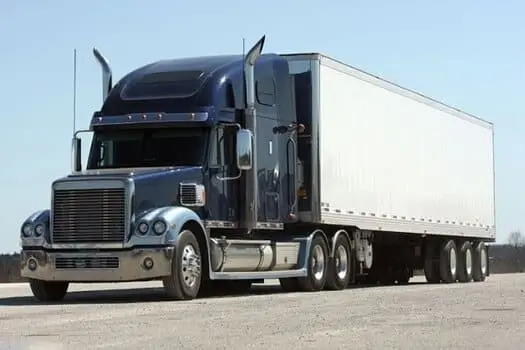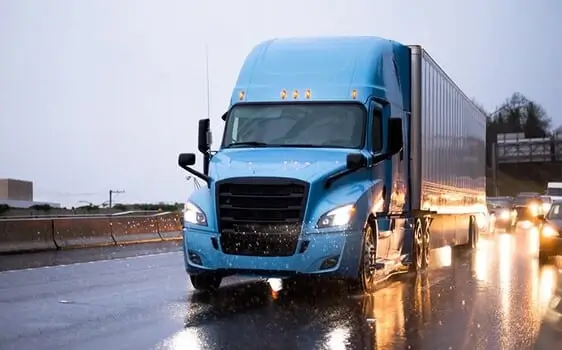
October 11, 2023

2927 Views

11 min read

June 17, 2022

1397 Views

5 min read
Driving in the rain is a very common thing that people do. The experience can vary depending on the type of vehicle you are driving, the weather conditions, and how much you know about driving in the rain. In this article, we will discuss what to remember about driving in the rain and how to prepare for it.
When it rains, it creates a layer of water on the road. This water can make it harder to see and make the roads more slippery. In addition, the rain can also reduce your visibility and make it more challenging to see other cars or potential hazards on the road.
Another hazard of driving in the rain is creating puddles on the road. These puddles can be difficult to see and hide potential hazards like potholes or debris. If you hit a puddle going too fast, it can splash water onto your windshield and make it even more challenging to see.
Tips for Driving in the Rain
Despite the challenges, you can do a few things to make driving in the rain safer. Here are some tips:
Slow Down
One of the most important things you can do when driving in the rain is slow down. When the roads are wet, it takes longer to stop, and you’re more likely to lose control of your vehicle. It’s essential to give yourself extra time to stop and leave plenty of space between you and the car in front of you.
Wet roads can be slippery, and it takes longer to brake. So, by driving slower, you’ll be able to react more quickly if you need to stop suddenly.
Turn On Your Headlights.
Turning on your headlights can help you see better and be seen by other drivers. In some states, it’s required to turn on your headlights when it’s raining. This will help you see better and make it easier for other drivers to see you.
Be Extra Cautious of Puddles.
As we mentioned before, puddles can be difficult to see and hide potential hazards. So, it’s essential to be extra cautious when driving near them. If you can’t avoid a puddle, slow down and drive through it carefully.
Watch Out for Pedestrians.
When it’s raining, pedestrians are harder to see. So, it’s essential to be extra cautious when driving near crosswalks or areas where pedestrians are likely to be. It can be challenging to see and stay focused when driving in the rain. But by following these tips, you can help stay safe on the road.

In rainy weather, it’s also important to be aware of the risk of skidding and hydroplaning. Skidding occurs when your tires lose traction with the road, and you lose control of your vehicle. Hydroplaning happens when your tires ride on top of a layer of water on the road, making it difficult to steer or brake.
Both of these can be dangerous, so it’s important to know how to avoid them. When driving in the rain, you should
Speeding does not take into account the poor condition of the road. By slowing down, you allow yourself more time to react to hazards and increase your chances of maintaining control of your vehicle.
Sudden stops and turns can cause your tires to lose traction with the road and lead to a skid. So, it’s important to slow down gradually and avoid making sudden moves.
If you start to skid or hydroplane, it’s important to stay calm. Panicking will only worsen the situation and make it more difficult to regain control of your vehicle.
If your car starts to skid, take your foot off the gas pedal and steer in the direction you want the car to go. If you start to hydroplane, take your foot off the gas and drive straight until you regain traction.
Many people think that turning on their hazard lights will make them more visible to other drivers when it’s raining. But, in actuality, it can be quite the opposite.
Hazard lights are designed to be used when your vehicle is stopped on the side of the road. When used while driving, they can actually be confusing and dangerous.
So, if you’re driving in the rain, it’s best to avoid using your hazard lights. If you need to pull over, turn on your regular headlights to signal to other drivers that you’re stopped.
Due to the nature of their job, truck drivers often find themselves driving at night. This can be more difficult in the rain as it can be harder to see.
There are a few things you can do to make driving at night in the rain safer:
By following these tips, you can help make driving at night in the rain safer and perform your job more effectively.
Driving in the rain can be dangerous. It is no fun being caught in the rain, but it is perilous when driving. The best thing you can do is be prepared and know how to drive safely in the rain. By following these tips, you can help make sure you and those around you stay safe when the rain starts to fall.
Test